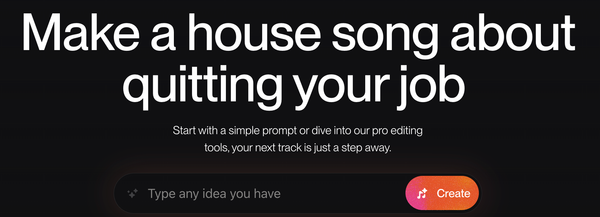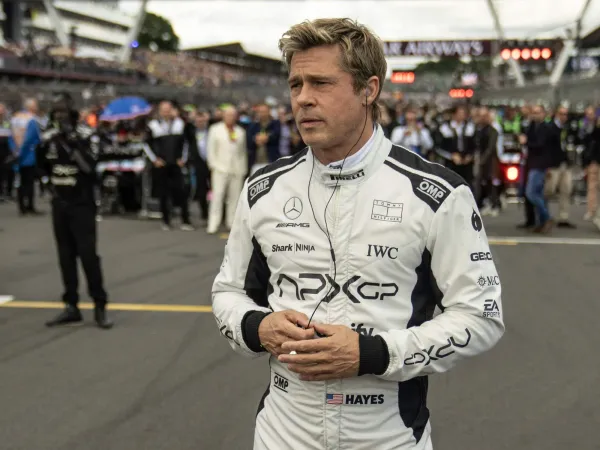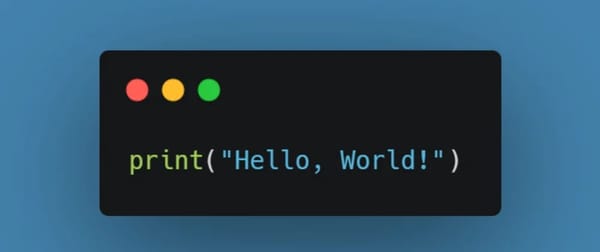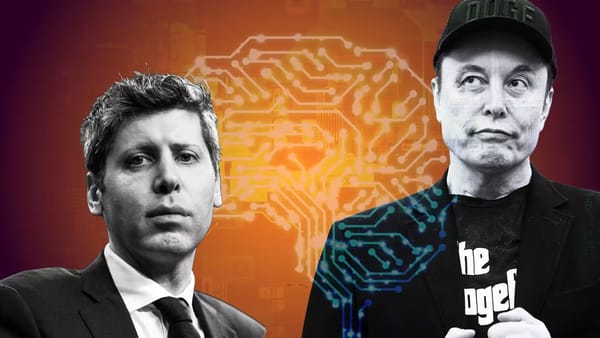Who Spends $80M Just to Lose It? MrBeast
Reckless? Maybe. But that's exactly how he wants it.
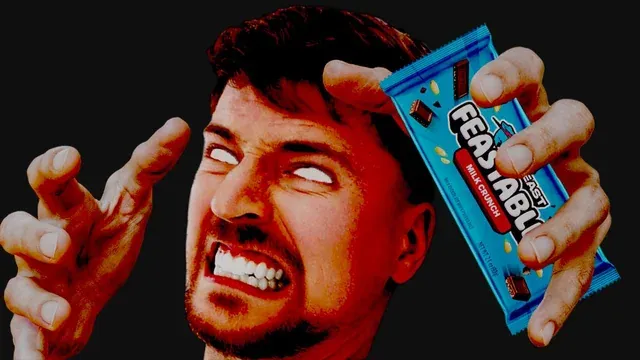
Imagine pouring $80M into your business, fully expecting zero profit. Most entrepreneurs would be terrified. For MrBeast though, that's just the plan. He openly admitted that producing Amazon Prime's Beast Games "was not a good financial decision," with costs running over $100M. Yet that's precisely how he wants it: blow minds with over-the-top content then funnel viewers toward the real money-maker – Feastables, a snack brand that sold $251M worth of chocolate bars last year.
Is this the usual influencer playbook? Absolutely not. Instead of squeezing profit from every post, he reinvests almost everything into bigger, riskier stunts.
How did he manage to build a snack line so solid that it's competing with Hershey's at the groceries – especially in today's market where most celebrity brands rarely gain traction? And more importantly, does his strategy offer lessons for creators trying to turn online fame into tangible, long-term revenues?
Aiming for 1M Subs back in 2015 (vs. 374M+ now). Well, he clearly overshot that a little.
Burning Cash to Win Big
MrBeast's operation splits into two main parts: media (YouTube channels, spin-off content, Beast Games) and commerce (Feastables snacks plus a few smaller product lines). Each side reportedly brought in around $250M in 2024. That might sound balanced at a glance, but there's a catch: his media operation is designed to run at a huge loss.

Why? Because every cent from YouTube ads, sponsorships, and Amazon Prime fees goes right back into bigger challenges, props, and giveaways. This isn't just filming a vlog in someone's backyard with a GoPro; we're talking thousand-person contests and illusions that rival Hollywood productions. Last year, the content division earned $246M but posted an $80M loss – 90% of revenue was immediately respent on new creations or fan rewards.
All this might look reckless if you're used to standard influencer economics. But for MrBeast, losing $80M on content makes sense if it supercharges Feastables. It's basically the same as Amazon's early approach – ignore profits, go all-in on building huge scale. Except in this version, the "marketing budget" is replaced by outrageous YouTube stunts.
$5B Valuation: All Thanks to Chocolate Bars

The hype from those outlandish contents funnels straight to Feastables, launched in 2022 with some serious product R&D. Instead of just slapping his face on a generic chocolate bar, MrBeast teamed up with actual formulators to produce bars that are organic, 100% plant-based, ethically sourced, and fairly minimal in ingredients. He also went Willy Wonka with golden tickets and a "win your own chocolate factory" gimmick – hitting $10M in sales in just a few months.
From there, Feastables soared past $251M in revenue, outpacing even his YouTube income. And because these giant marketing stunts work so well, the brand jumped from a $1.5B valuation to $5B in late 2024 – huge for a brand nobody knew three years ago. Clearly, his surface-level crazy spending on content seems to be translating into a genuinely successful consumer brand.
A chocolate waterfall, a cake toilet, Gordon Ramsay – all within just 16 minutes.
The Unorthodox Formula
So, how does MrBeast thrive in this oversaturated market where every influencer and their mom is launching a brand? It comes down to three main pillars:
1. Spend Like a Startup, Not a Creator
Most influencers would never drop millions on a single video, terrified they might lose it all. MrBeast thinks the opposite: he "reinvests everything," no matter how wild the idea. That's why we see thousand-person elimination games, mountain-sized fireworks, or a full-scale Willy Wonka build. That level of content easily dominates headlines, so people keep talking – and keep buying his snacks.
2. Treat Feastables Like a Legit CPG, Not Merch
Plenty of influencer brands rely on the celebrity's face and style. MrBeast goes further with legit product development, slick packaging, and solid distribution deals, putting Feastables next to established candy brands. People who barely know MrBeast might still grab a bar because it actually tastes pretty good (apparently darker, richer, and snappier than Hershey's). Admittedly it's not the best chocolate out there, but at this point, it's fair to say it has outgrown merch status and now competes on quality as a mainstream product (4.3 stars on Walmart – not bad at all).

3. Go Over-the-Top But Transparently
He never stops reminding fans that his huge productions aren't about making money – they're about delivering mind-blowing entertainment and doing good. Sure, some (me included) call it performative altruism, but from a fan's viewpoint, it's a guy who pours his earnings into massive giveaways instead of hoarding cash. That honesty builds trust and goodwill, and that's something most influencer brands simply can't copy.
- He's known for openly sharing exactly where his revenue goes – when Beast Games hit $100M in production costs, he didn't hide it. "I lost tens of millions on that" became part of the entertainment rather than a secret.
- Being so open builds up massive loyalty. If viewers think he's genuinely blowing money to entertain them, they stick around (and buy chocolate). Even negative press fades under the narrative that "he's losing money for our sake," a level of devotion most influencers can't touch (FYI: The recent allegations against his company were found to be baseless).
Jimmy on running for president again. Thoughts?
by u/Big-Stay2709 in MrBeast
You'd be surprised how seriously his fans take this discussion, backing him for "good deeds" and "philanthropy."
Extra Boost: Streaming Deals
While these three pillars remain the core of his success, MrBeast also benefits from streaming platforms that expand his reach. Take Beast Games for instance. It's basically his YouTube on steroids: reality show with 1,000 contestants, a $10M prize, and Hollywood-level production. Amazon reportedly spent $100M, and MrBeast threw in more from his own pocket. Even though he lost money personally, Beast Games pulled in 50M+ viewers in just a few weeks – becoming Amazon's biggest unscripted show ever, and letting it recoup its costs through subscriptions and marketing boosts.

For him, it's another way to draw fresh eyes to Feastables and the broader Beast Industries (more on that later). The show itself might operate at a financial loss, but the resulting buzz clearly fuels Feastables' growth. While these streaming collaborations aren't exactly the backbone of his business, they do elevate the hype, reinforce his brand, and funnel even more fans toward his products.
Too Many Influencers, Too Many Products


It's not hard to picture how MrBeast's numbers has inspired others. Lately, we've witnessed a surge of influencer-led brands – hot sauces, energy drinks, makeup, and more. Addison Rae launched her own beauty line, while Gal Gadot introduced a high-protein Mac&Cheese brand Goodles (tried it myself, highly recommend). But not every product turns into a billion-dollar success like MrBeast or Kylie Jenner, and investors have started rolling their eyes – even calling it "peak influencer brand," as most new product lines are failing to stand out.
Why the sudden skepticism? Because most new launches aren't bringing anything original. It's often the same white-label formula slapped with a famous face, and investors are getting weary of me-too products that cash in on "I'm famous, buy my s**t." Many VCs are now strictly demanding real differentiation and better taste or quality before signing a check.

Copying MrBeast Playbook Isn't So Easy
Some of these celebrity brands – especially those from YouTubers – seeing the challenges of standing out, might simply assume that throwing money into flashy stunts will be enough to replicate MrBeast's success. But how many creators can casually sink $80M into a show or a series of productions? Even big names with a few million followers aren't playing anywhere near his scale. And more critically, if they do churn out brand after brand with no real value, they risk burning out whatever loyalty they have left.
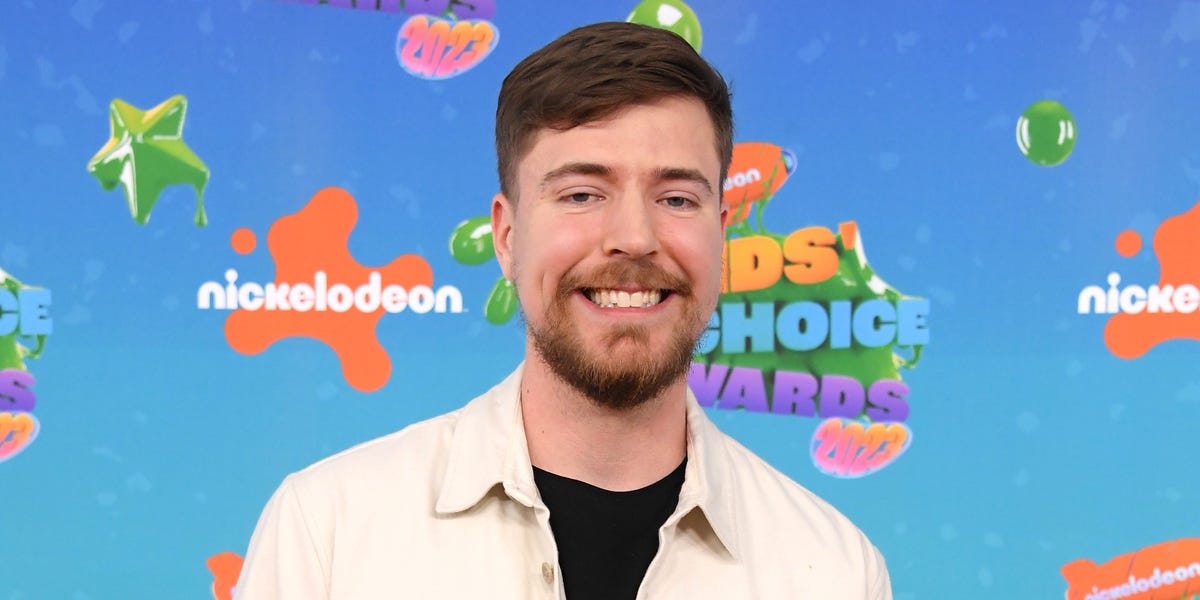
Noteworthy copycats, IMO: Stokes Twins and Topper Guild.
Take Logan Paul (23.6M+ Subs) and KSI (25M+ Subs)'s Prime Hydration. It reached $250M in Y1 sales, but now they are facing setbacks as the hype cools (UK sales dropping by 50% YoY in Q1 2024). That's the real challenge: consumers move on quickly, social media fame can fade overnight, and a lasting brand requires more than just a wave of buzz.

What to Expect From Here
So does MrBeast's dominance mean other celebrity founders don't stand a chance? Not necessarily, but it does raise the bar.
Of course, even as influencer brand failures pile up, big names will keep launching products, because once it catches on the upside is massive.
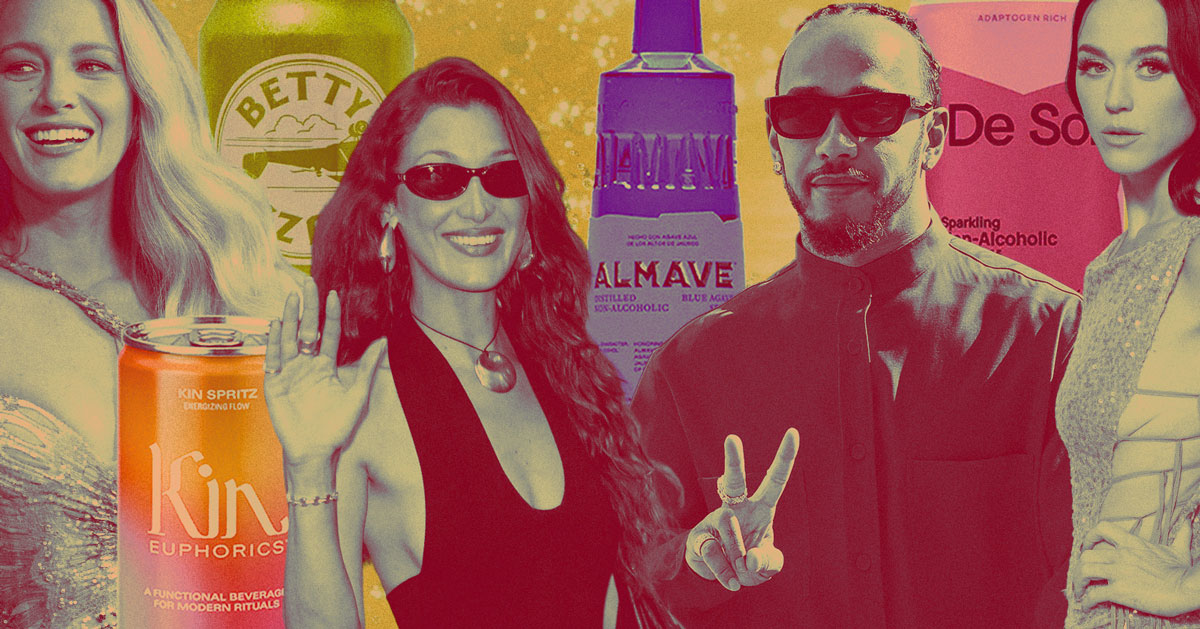
Bella Hadid, Katy Perry, Blake Lively, Lewis Hamilton, Kylie Minogue, and the list goes on.
Still, the landscape is shifting and what worked before won't cut it anymore.
One investor was recently pitched on a "protein puck" cookie-like snack fronted by a rapper but passed after deciding the taste wasn't compelling enough. The investor "wasn't convinced the rapper's fan base was enough to make the snack a breakthrough right now." ⓒThe Information
- More creators will partner with established brands or incubators rather than building from scratch. Owning 100% of a flop is worse than sharing equity in a well-structured, scalable business.
- Investor skepticism will continue to rise. VCs now demand proof of real PMF, not just a follower count.
- Originality will matter more than ever (as it should!). You can't just slap a name on a generic, bland formula. There needs to be a real competitive edge whether it's taste, ingredients, or positioning.
- More celebrity brands will fail in overstuffed categories. The market can only handle so many beauty lines, energy drinks, tequilas, or RTD cocktails. Honestly, we've already seen more than enough.
- The real winners will be brands that outshadow the celebrities behind them. Just like Selena Gomez's Rare Beauty or Kim Kardashian's Skims, lasting success happens when the product itself takes center stage. Feastables might wish to be on that trajectory.
MrBeast Airlines In 2035? Who Knows
MrBeast won't be stopping at chocolate bars. He's rumored to be expanding into cookies, meal kits, maybe even a wellness line. He's also teased an IPO or a massive fundraising round to consolidate all his ventures under Beast Industries – because at this point, why not?
One day, he might well launch a MrBeast theme park, where every ride is a million-dollar challenge. Or perhaps he'll go full throttle and start his own Airlines – a budget carrier where random passengers win Teslas mid-flight, and economy-class seats come with golden ticket chocolate bars.
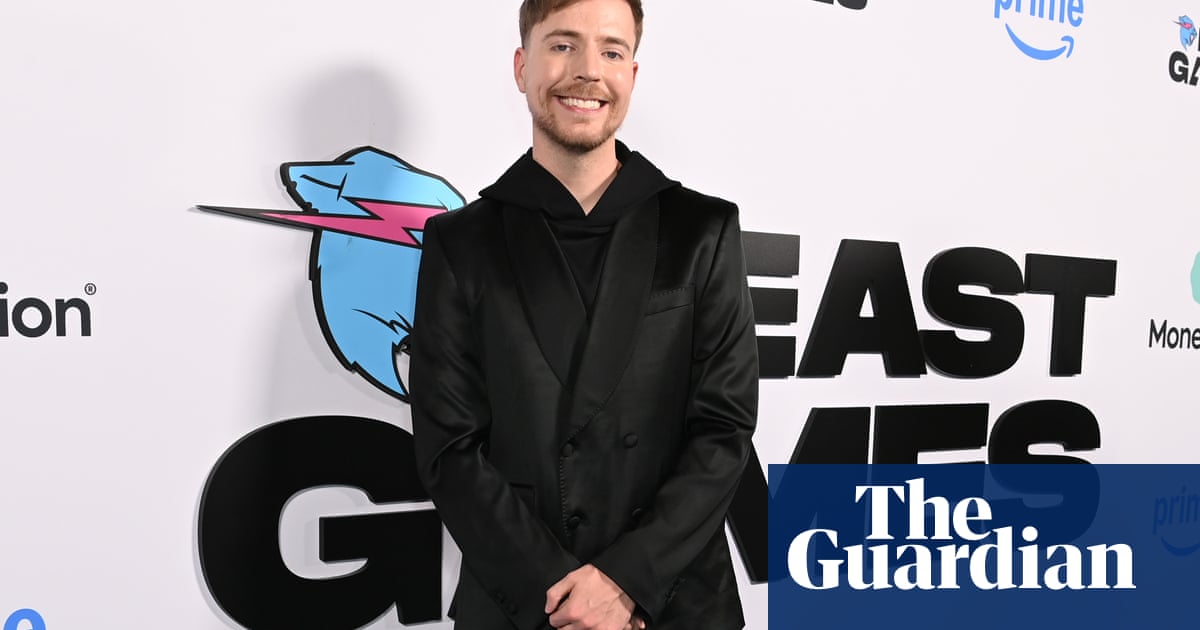
Another stunt?
Absurd? Maybe. But so was the idea of a YouTuber taking on Hershey's.
Many Will Try, Most Won't Cut It
MrBeast's approach – burning millions on content to supercharge a chocolate bar brand – may sound insane, but it's clearly working. And while critics talk about "philanthropy for clicks" or the sustainability of outsized budgets, the chocolate bars keep selling out, the audience keeps growing, and investors keep lining up for a stake.
Does that mean these hundreds of wannabe MrBeasts can copy it? Unlikely. The key ingredients – massive scale, extreme reinvestment, and the loyal fanbase that buys the "all-in" narrative – are nearly impossible to replicate.
If there's one lesson here, the days of launching a mediocre product and assuming fans will blindly buy are long gone. You need a product that really competes, plus the resources (or at least the nerve) to spend as aggressively as you earn.

Full disclosure: I'm not exactly the biggest fan of MrBeast's content, and I question the sincerity behind his extravagancy and generosity more than often.
But the deeper I dig into his business model – converting wild, money-losing digital productions into a well-engineered funnel for tangible sales – the harder it is to deny its brilliance.
Like it or not, he's cracked the code – revealing just how far a creator can push online virality into mainstream dominance in consumer markets, in a way few creators will ever match.





